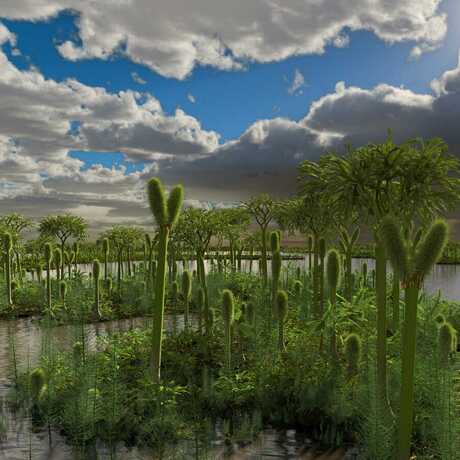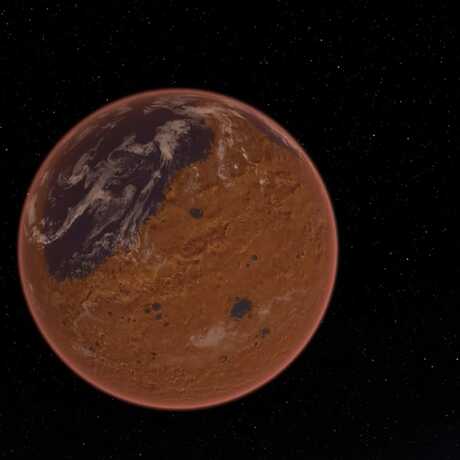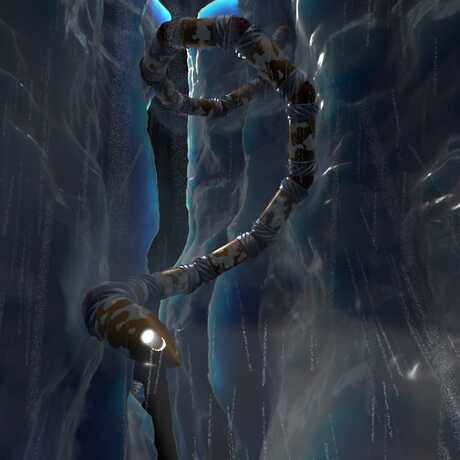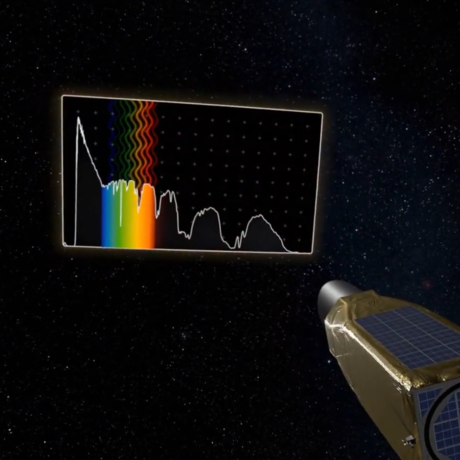While this video doesn't necessarily cover the following standards in depth, it is a compelling resource you can use to supplement your curriculum that does.
Related Performance Expectation
HS-ESS2-7: Construct an argument based on evidence about the simultaneous co-evolution of Earth's systems and life on Earth. Emphasis is on the dynamic causes, effects, and feedbacks between the biosphere and Earth’s other systems, whereby geoscience factors control the evolution of life, which in turn continuously alters Earth’s surface. Examples include how photosynthetic life altered the atmosphere through the production of oxygen, which in turn increased weathering rates and allowed for the evolution of animal life; and how microbial life on land increased the formation of soil, which in turn allowed for the evolution of land plants.
Associated Disciplinary Core Ideas
HS-ESS2.D Weather and Climate: Gradual atmospheric changes were due to plants and other organisms that captured carbon dioxide and released oxygen.
HS-ESS2.E Biogeology: The many dynamic and delicate feedbacks between the biosphere and other Earth systems cause a continual co-evolution of Earth’s surface and the life that exists on it.
HS-PS4.B Electromagnetic Radiation: Atoms of each element emit and absorb characteristic frequencies of light. These characteristics allow identification of the presence of an element, even in microscopic quantities.





